Lorient – Keroman
When France was defeated in June 1940, there was a hope from German side that Britain also would surrender. But the British kept on fighting, were not defeated and an invasion of the british isles was cancelled in the autumn of 1940. An alternative method of defeating the British was through submarines. These would hunt down convoys of war material and other things that sailed across the Atlantic to Britain and attacking them with torpedoes. If Britain could not be defeated militarily, they would at least be forced to their knees by choking the supply of materials that allowed them to continue the war.
The Occupation of France gave the Germans access to the French Atlantic coast and therefore opportunities to establish submarine bases. In this way the Germans came closer to the convoys than if they had to sail out of bases in Germany. From 1941, five major submarine bases were built along the Atlantic coast, Brest, Lorient, Saint Nazaire, La Rochelle and Bordeaux. The bases were gigantic concrete complexes where submarines were prepared for long missions on the Atlantic Ocean. Upon completion of the mission, the submarines returned to their bases for repairs, maintenance, replenishment of materials and supplies to later embark on new missions.
The first submarine (U 30) arrived in Lorient in july 1940. In september same year the British air force conducted their first air attack against the city. This made the Germans realize the need to protect the submarines and therefore two large maintenance bunkers were built on land. Each bunker could contain one submarine and the submarines were towed from the water to the bunkers. However, germans needed to expand, and in February 1941 they began to build more extensive bunkers on the site One was built up by the river Scorff, not far from the port, with two pens and room for four submarines. This bunker was called Scorff and was completed in August 1941.
A much larger complex began to be built at the port and was called Keroman. Keroman I was the first to be built and consisted of five pens. Keroman II was built in May 1941 and consisted of seven pens. Keroman I – II were dry docks and the submarines were winched up via a ramp, put on rails and on to the respective dry dock where they underwent maintenance and repairs. This was a process that took about 90 minutes which made them extremely vulnerable to airstrikes. Keroman III was built in October of the same year and consisted of seven pens with direct access to the sea. If necessary, these could be dried. Keroman IV was started in the summer of 1943, but was never completed. In addition to the submarine bunkers, storage bunkers, power stations and workshops were also built adjacent to the base.
In Lorient, the 2nd and 10th submarine flotillas were based and the base was the largest of those built in France. This made the base a priority target for allied airstrikes, and the base was also subjected to repeated aerial bombardments. The Keroman bunkers were therefore reinforced with extra thick roofs to withstand the biggest bombs. A number of air defences were also built to defend the base during airstrikes. After landing in Normandy in June 1944, the base was also threatened from land and in early August 1944 most submarines left the base. The last submarine left Lorient in early September.
Current status: Preserved with museum (2017).
Address: Rue Roland Monillot, 56100 Lorient.
Get there: Car.
Follow up in books: Blair, Clay: Hitler’s U-Boat War: The Hunted: 1942-1945 (1996).
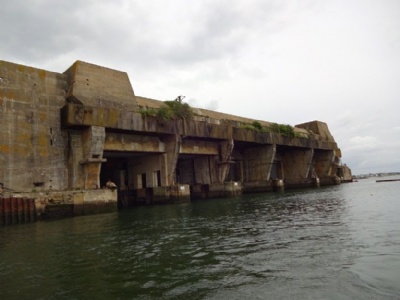
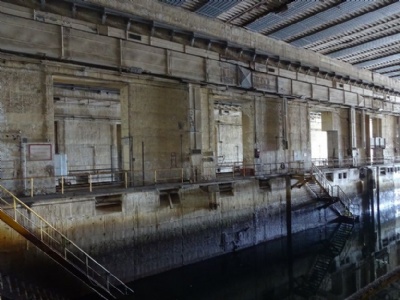
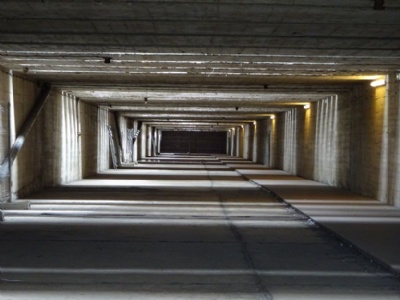
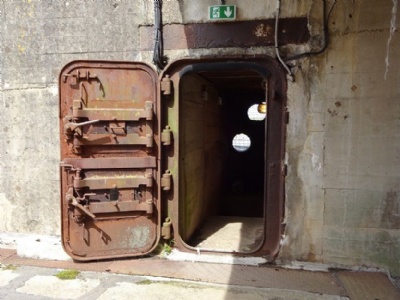
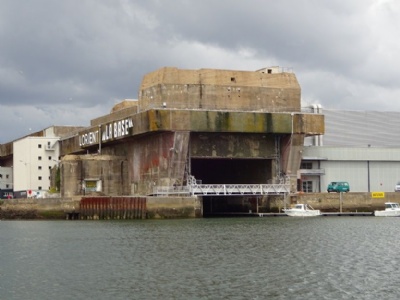

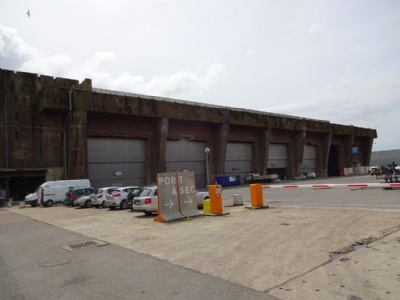
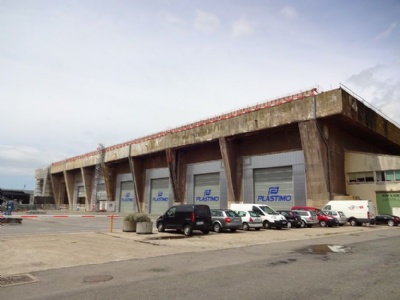
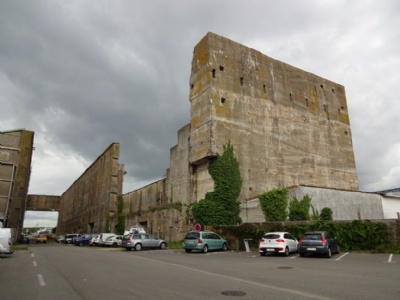
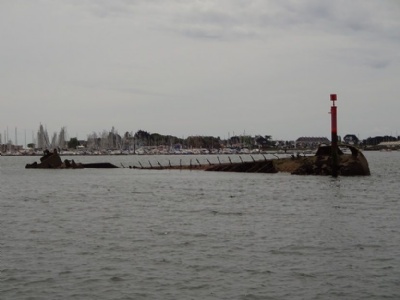
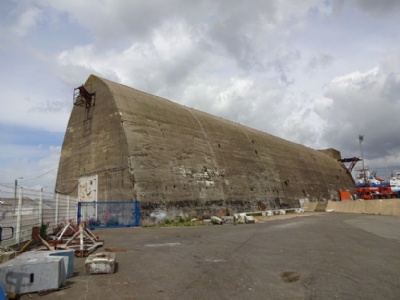
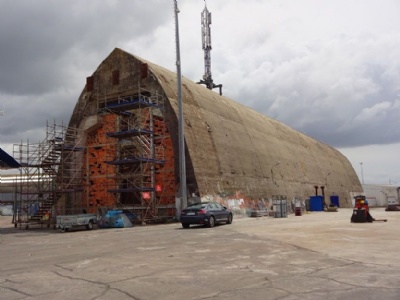
Keroman I and II seem to be rented out to smaller companies and a certain commercial occur, which means that you can not go into them. But the exterior of the bunkers are accessible. Keroman III can be visited, but only if you participate in one of the organized tours, however, tours in English are scarce. If you can’t join a tour, just looking at Keroman III is a mighty view. The first two bunkers built next to Keroman are also preserved and can be visited externally. The Scorff bunkers are, to my knowledge, of limit for visitors.